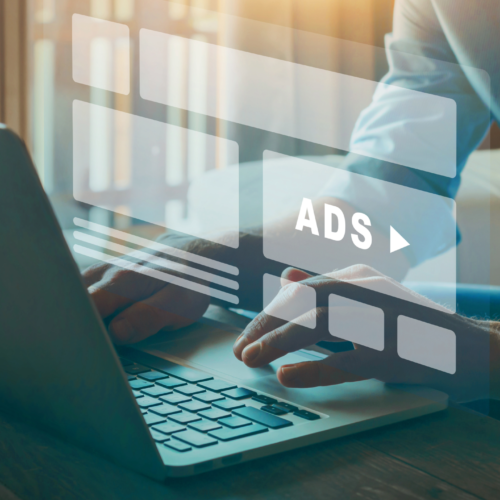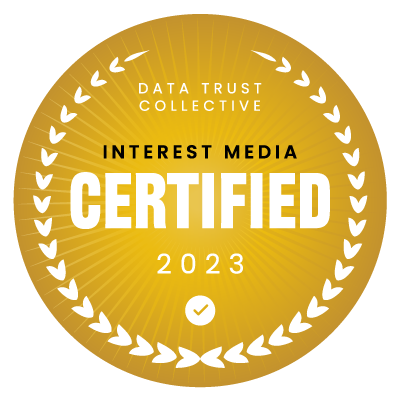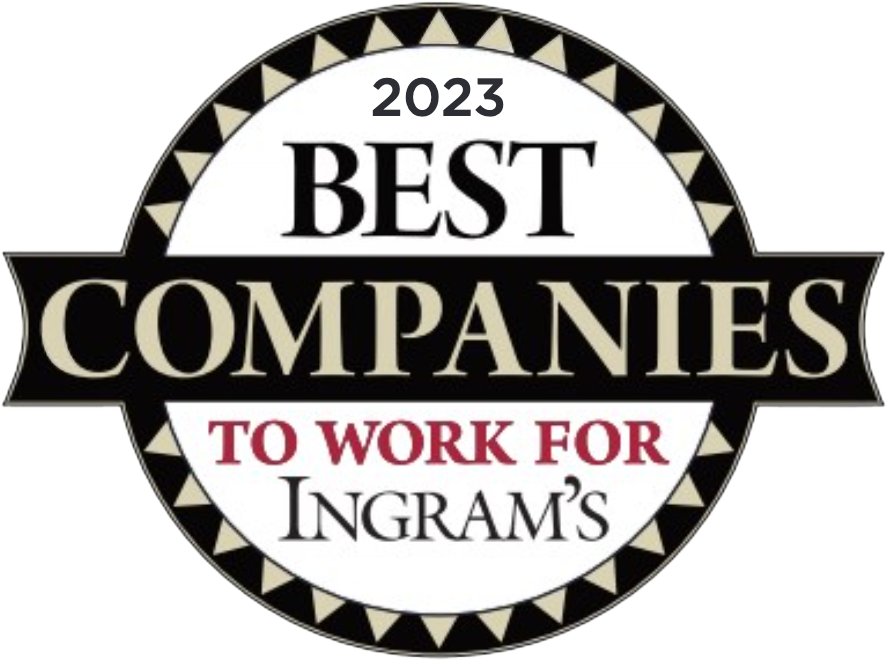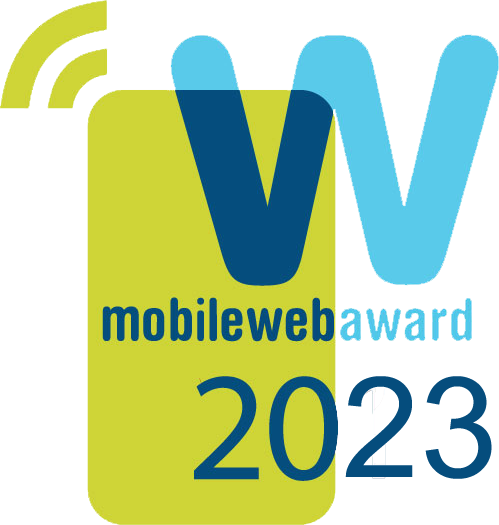
Fine-Tune Your SEO and Content to Target Ready-to-Buy Consumers
- Understand how to design your content strategy to reinforce your intent-based marketing
- Align your SEO to support your intent-based marketing efforts
- Fine-tune your messages to convince consumers in the “decision stage” to purchase your product or service
Intent-based marketing is all about targeting consumers who are ready to make a purchase and to make the most of this strategy, you must fine-tune your SEO and content to create a customer acquisition channel. Here’s how.
Making the Most of Your Intent-Based Marketing
“The average cost per click in Google ads in 2023 is $4.22.” –stats by WordStream
Customer acquisition is an expensive proposition and the cost is growing all the time.
To get the most out of your intent-based marketing, you can reinforce those efforts by making sure your content and SEO are fine-tuned to be in alignment with those campaigns.
In this article, we will give you a strategy for doing just that.
Intent-Based Marketing 101
In terms of the buyer journey your customers are on, intent-based marketing is laser-focused on a single segment: Those who are in the decision stage and have demonstrated a clear intent to buy.
Further, best practices are to deliver targeted advertising within the right context at the time when buyers are most likely to purchase. In other words, advertising the product a consumer was seeking and/or that answers a question they were asking.
In terms of budget, targeting this particular segment tends to be more effective with less expense because these leads are more likely to convert. Intent-based marketing efforts can be greatly enhanced when data can be captured whereby a user acknowledges that they are interested in a particular offering.
Creating a customer acquisition channel
Remember, we are focused on customers who are ready to make a purchase. Therefore, it’s more important to focus on the final objections they may have, while touting the benefits that present your product or service as the best solution that is superior to your competitors. Your content should be all about converting them to a paying customer.
Are you wasting efforts?
Your content and SEO on these pages for these ready-to-buy consumers are not about finding and educating people on what your product or service is and what it can do. People who are ready to buy certainly already know your product niche or service and may already be aware of your company and product line and/or solutions. They may already be down to deciding between you and a couple of your competitors.
In other words, it is a waste of time and effort to reiterate content to educate on what they likely already know. The same goes for SEO targeting that is aimed at prospects lower in the sales funnel.
What to do instead will be covered in the next section.
Aligning SEO and Content with Intent-Based Marketing Campaigns
To further enhance your intent-based marketing efforts, considering you are using data to directly target specific customers in your sales funnel, it’s only logical that you create content or modify existing content that is in alignment with these campaigns. The same applies to your SEO strategies.
The prospects being targeted with intent-based marketing at this stage are already beyond the pain/problem aware and the solution-aware stages. These prospects are at the provider aware/decision stage (and may already be considering several providers).
Your focus must be on decision-making content. Imagine them hovering over the “buy now” button and the job of your content is to get them to click.
Related Articles:
- Search Engineland: New customer acquisition vs. retention: 7 best practices for search
- Interest Media: Using AI to Boost your SEO
- Forbes: How SEO And Content Marketing Work Together To Fuel Your Online Success
- Interest Media: Understanding an Intent-Based Marketing Strategy
- WordStream: Google Ads Benchmarks 2023
- SEMRush: SEO and Content Marketing: How To Combine Them Effectively To Achieve Results
How to Focus on the Messages
What are the best messages for your content to give to prospects who are in the decision stage of the buyer’s journey and have already shown intent to purchase?
When targeting prospects in the decision stage of the buyer’s journey who have already shown intent to purchase, it’s crucial to provide content that helps them make a confident and informed decision.
Here are 10 effective messages to convey to such prospects:
- Highlight Unique Selling Points: Emphasize the unique features, benefits, or competitive advantages of your product or service which set it apart from competitors. Showcase how your solution addresses the specific needs or pain points of the prospect.
- Demonstrate Value: Communicate the value proposition of your offering. Show how your product or service delivers solid results, solves problems, saves time and/or money, or enhances the prospect’s life or business in a positive or meaningful way.
- Showcase Social Proof: Share testimonials, case studies, or success stories from satisfied customers who have achieved positive outcomes by the use of your product or service. This helps build trust and credibility, reassuring prospects others have experienced positive results.
- Provide Comparisons: Offer fair comparisons between your product or service and alternatives in the market. Highlight the advantages and benefits of choosing your solution, emphasizing its cost-effectiveness, superior features, better customer support, or proven results, etc.
- Offer Incentives: Provide incentives or exclusive offers to encourage prospects to make a purchase. This could include coupons, limited-time discounts, special packages, free trials, or bonuses that add value. Make sure all your offers create a sense of urgency.
- Address Concerns or Objections: Anticipate and address common objections or concerns prospects may have. Offer transparent and compelling responses to alleviate any hesitations or doubts they may have about moving forward with the purchase.
- Provide Personalized Support: Offer personalized assistance to prospects during their decision-making process. Provide additional information, answer specific questions, offer live chat or consultation sessions, or provide dedicated account managers to guide them through the final stages.
- Highlight Return on Investment: Clearly articulate the return on investment (ROI) prospects can expect from choosing your product or service. Demonstrate how your solution provides long-term value, cost savings, revenue growth, or efficiency improvements that will outweigh the initial investment.
- Offer Guarantees or Risk-Free Trials: Reduce any perceived risk of purchase by offering guarantees, warranties, or risk-free trial periods. Assure prospects they can try your product or service with confidence, knowing their satisfaction is guaranteed.
- Provide Clear Call-to-Action: Guide prospects on the next steps to take to complete their purchase. Use persuasive and actionable language to encourage them to make a decision, whether it’s by clicking a “Buy Now” button, scheduling a call, or contacting your sales team.
Remember, in the decision stage, prospects are close to making a purchase but may still need a final push of reassurance. Tailor your messages to address their specific needs, overcome objections, and build confidence in your offering to encourage them to convert into customers.
If it is possible to further differentiate between your prospects with personalized content, do so wherever possible. The closer your content aligns with a user’s need, the better your chances of making the sale.
Engaging content formats to use
In addition to product landing pages, use all media at your disposal when appropriate. Whatever you choose, make sure it is necessary to make a difference. Don’t use a video when a photo will be just as effective and faster for your prospect to understand the main point. That said, here are some suggestions…
- If seeing something is important, make sure to include a photo or graphic.
- Videos always make a strong impression. A lesson we can learn from TikTok is it has shown us with most people’s short attention span these days, the short video format is highly effective. Less can be more as long as it makes a strong impact.
- Infographics, comparison charts, product demos, testimonials, reviews, and case studies are also excellent forms of content.
What to do with your previous content?
If you are using a “one-size-fits-all” content page that you are sending your decision/purchase stage prospects to you have a couple of choices to better align your content:
- Choose the buyer’s journey category the page fits the most and use it for those prospects, then design additional new pages that are targeted to prospects at each stage of the buyer’s journey.
- Design a new page for your decision/purchase stage prospects (you can also copy the old page and revise the duplicate as needed to target these prospects).
Aligning SEO
One of the most important things to remember about search is that it is typically a new customer acquisition channel. In other words, these are top-of-the-funnel prospects at the awareness and discovery stages. Therefore, it doesn’t make sense to optimize your SEO efforts for your average searcher.
You want to hyper-focus this content on your prospects who are at the intent and purchase stages and your SEO should be targeted at those searches.
Your SEO then might focus on keywords that include incentives such as coupons, discounts, sales, free trials, and the like. Other keywords might focus on comparisons or those associated with unique selling points (features, abilities, etc.) to your product or service.
Optimizing Content for Conversions
Key takeaways on how you can utilize an intent-based marketing strategy and SEO to find more users who will click that specific conversion button you’re looking for…
- Intent-based marketing targets customers who have demonstrated an intent to make a purchase. These are customers who are in the decision/purchase stages of the sales funnel.
- Laser-focus your content on prospects at the decision/purchase stages sales funnel with messages that entice and convince them to click the “buy button.”
- Messages should focus on unique selling points, providing value, addressing concerns or objections, provide comparisons and social proof.
- Offer incentives, guarantees, risk-free trials, articulate ROI, offer guarantees, and provide personalized support during the decision-making process.
- Your SEO should focus on all the above items, NOT on trying to attract top-of-the-funnel new customers.
- Use all applicable media at your disposal to help your customers commit to a purchase decision. People have short attention spans, so less is more, and aim for the strongest impact.
Interested in Learning More?
Check out our Free White Paper on The Unbeatable Nature of Intent-Based Advertising or reach out to one of our brand promotion specialists! We pride ourselves on being able to bring advertising partners the exact consumers they’ve been looking for.













